Among different type of Rattan that come up in furniture industrial, there is one type of rattan that significantly be mentioned on every products of furniture manufacture, synthetic rattan. Synthetic rattan is a type of material normally constructed of a kind of plastic known as polyethylene. It is designed to resemble rattan, wicker, or bamboo. It might be used to construct patio furniture or outdoor accessories. It is generally weatherproof, durable, and resistant to ultraviolet (UV) rays.
Polyethylene, or sometimes being recognized as poly rattan, is a type of lightweight yet flexible plastic, is normally used to make synthetic rattan. This material is then woven into various shapes in order to create objects. This is usually done by wrapping the product around an aluminum frame. It can be dyed prior to creating items or can be spray painted after the design has been completed.
This product typically resembles natural rattan, which is harvested from palm trees in Asia, Australia, and Africa. It can also be made to look like wicker, which might be derived from reed or willow. Moreover, synthetic rattan could also look like any number of species of bamboo.
The fact that synthetic rattan is durable and weatherproof makes it a good choice for creating patio furniture. It may also be used to assemble lanterns and torches for outdoor use. This material can also be ideal for baskets, placemats, window blinds, or plant hangers.
This material does not usually fade when left in direct sunlight for a long period of time. It also does not typically become dry or crack, as traditional wicker often does. These factors also contribute to the popularity of synthetic rattan for making outdoor furniture.
When compared to natural wicker, synthetic rattan furniture is normally only slightly more expensive to purchase. This additional cost could pay off in the long run as these pieces may last longer than traditional items. They could also save a homeowner time due to the fact that they need very little maintenance, and do not normally need to be put away during the winter months.
People who like the look of natural rattan, wicker, or bamboo furniture may want to consider synthetic rattan instead. It typically looks and feels much the same as those materials. This can make it a good choice, whether choosing furniture or accessories for a room, for use indoors or outside. With a synthetic rattan set damp conditions are not a problem. This means if we don’t have storage room we can still enjoy rattan style furniture which, generally, has a very stylish look to it. A further enhancement is that with a synthetic or poly rattan set you can easily clean the furniture with a hose and brush if required.
Synthetic rattan garden furniture differs from traditional rattan in a number of ways. The rattan vine is replaced by a man made synthetic poly weave. This poly weave is usually made from a plastic or PVC and can be spun into any diameter or color of weave. In effect synthetic rattan garden furniture is actually plastic wicker furniture. The synthetic weave is often mounted on a aluminum frame that offers good strong and robust support whilst being light enough to be used as garden furniture which may be moved around a lot.
Additionally, poly rattan is usually cheaper than the natural version. Because it is made from man made materials the furniture can be produced in any country without the need for vast natural vine resources near by. So a synthetic set saves on shipping costs and often on production costs as it can bemade by machine on a production line.
Poly rattan is often available in more design styles simply because the man made material is more workable than the natural material leading to a wider variety of choice. This makes synthetic rattan garden furniture a good choice of garden furniture over natural rattan or other types of garden set.
For more information about rattan and rattan furniture, please visit www.javarattan.com



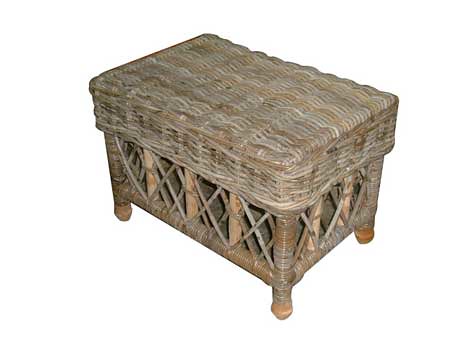
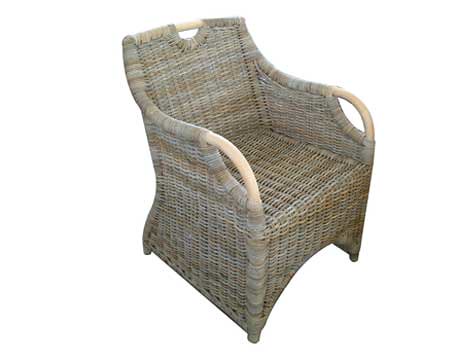
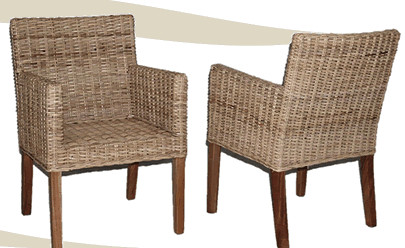 Rattan is actually a total natural material which made from Rattan Canes. It is fast growing and easier to harvest than most trees, so is an ecological alternative to wood.
Rattan is actually a total natural material which made from Rattan Canes. It is fast growing and easier to harvest than most trees, so is an ecological alternative to wood.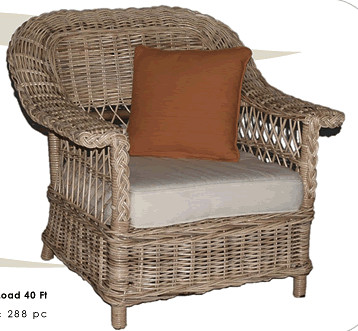 People are sometimes get mistaken about rattan and other material like wicker. While, actually the originality is coming from the product and the process. This is refer to the understanding that rattan is actually a tropical palm tree that growth upward like a tree. Along with its growth, rattan will bend back down toward the ground before snaking out like vines through other trees and plants or that might be surrounding it.
People are sometimes get mistaken about rattan and other material like wicker. While, actually the originality is coming from the product and the process. This is refer to the understanding that rattan is actually a tropical palm tree that growth upward like a tree. Along with its growth, rattan will bend back down toward the ground before snaking out like vines through other trees and plants or that might be surrounding it.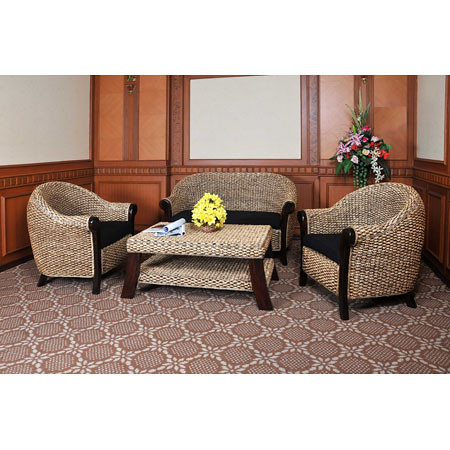 Rattan furniture has become incredibly popular over the years, even though there are numbers of furniture products that interestingly worthy to be the competitor in marketplace. Hence, knowing where to find the wholesalers that can provide this type of furniture is important, in order to avoid the possibility being misguided.
Rattan furniture has become incredibly popular over the years, even though there are numbers of furniture products that interestingly worthy to be the competitor in marketplace. Hence, knowing where to find the wholesalers that can provide this type of furniture is important, in order to avoid the possibility being misguided.